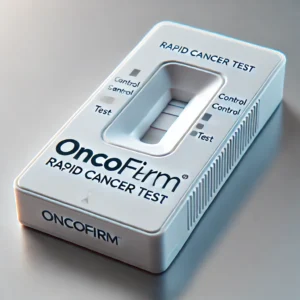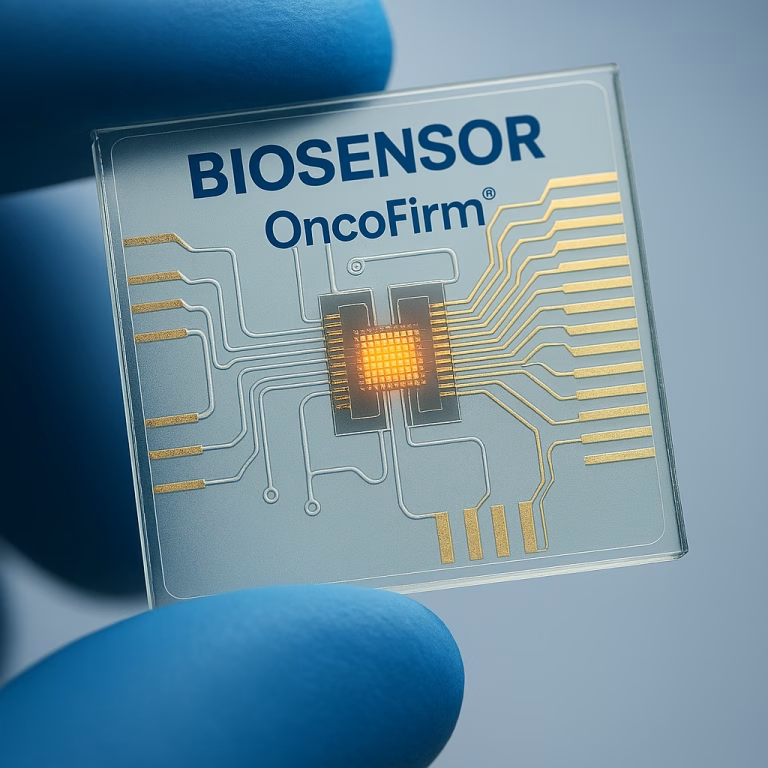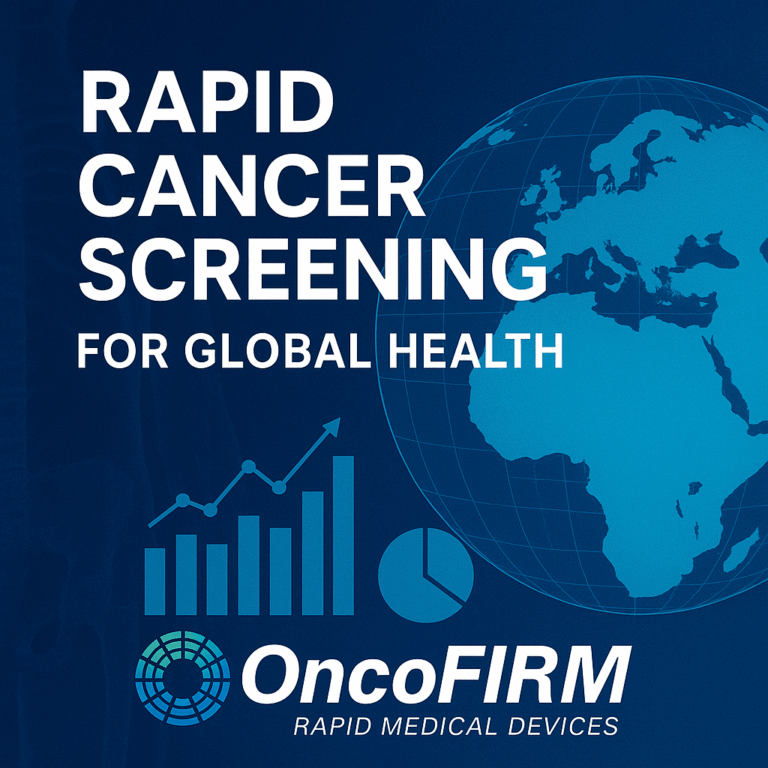PR NEWSWIRE 2025
ONCOFIRM DIAGNOSTICS April 1 2025
Revolutionizing Cancer Detection
ONCOFIRM DIAGNOSTICS is revolutionizing cancer detection with cutting-edge lateral flow assay (LFA) technology, integrating the latest advancements in nanoparticle conjugation, signal amplification, and multiplex detection for unmatched sensitivity and accuracy. Leveraging highly specific Thomsen-Friedenreich (TF) and Gal-GalNAc antigens, our rapid tests provide early, reliable, and accessible cancer screening. Designed for doctors, hospitals, clinics, and research institutions, our solutions offer non-invasive, cost-effective, and scalable diagnostics. By incorporating enhanced biomarker detection, AI-driven result analysis, and improved stability, we are shaping the future of oncology diagnostics, making precision cancer screening faster and more efficient worldwide.

As of April 2025, lateral flow assay (LFA) technology has undergone significant advancements, enhancing its sensitivity, specificity, and versatility across various diagnostic applications. Key developments include:
1. Nanomaterial Integration: The incorporation of nanoparticles, such as gold nanoparticles (AuNPs), carbon nanoparticles, and quantum dots, has markedly improved the performance of LFAs. These nanomaterials enhance signal strength, lower detection limits, and facilitate multiplexing capabilities, allowing for the simultaneous detection of multiple analytes. GlobeNewswirePMC
2. Advanced Signal Amplification Techniques: Innovative methods like catalytic amplification and surface-enhanced Raman scattering (SERS) have been integrated into LFAs to boost sensitivity and enable the detection of low-abundance biomarkers. These techniques have expanded the applicability of LFAs to more complex diagnostic scenarios. GlobeNewswire
3. Multiplexing Capabilities: Recent advancements have enabled LFAs to detect multiple targets within a single sample, improving diagnostic precision and efficiency. This multiplexing reduces the need for multiple tests, conserving sample volume and reagents. MDPI
4. Digital and Smartphone Integration: The development of digital readers and smartphone-based applications has transformed LFAs into quantitative diagnostic tools. These technologies provide objective result interpretation, data storage, and remote sharing capabilities, enhancing user experience and facilitating telemedicine applications. Abingdon Health plc
5. Regulatory Harmonization: Efforts toward harmonizing regulatory frameworks, particularly between the European Union’s In Vitro Diagnostic Regulation (IVDR) and the U.S. FDA regulations, have streamlined the development and global deployment of LFA-based diagnostics. This alignment facilitates market entry and ensures consistent quality standards across regions. DCN Dx
6. Innovative Manufacturing Techniques: The adaptation of technologies like 3D printer-controlled syringe pumps has revolutionized the manufacturing of LFAs. This approach allows for precise, simultaneous dispensing of reagents, improving the consistency and scalability of test strip production. arXiv
These advancements collectively contribute to the evolution of LFAs into more reliable, efficient, and user-friendly diagnostic tools, expanding their role in point-of-care testing across various medical and environmental applications.
Contact us for the latest Investor News Investor@oncofirmdiagnostics.com



